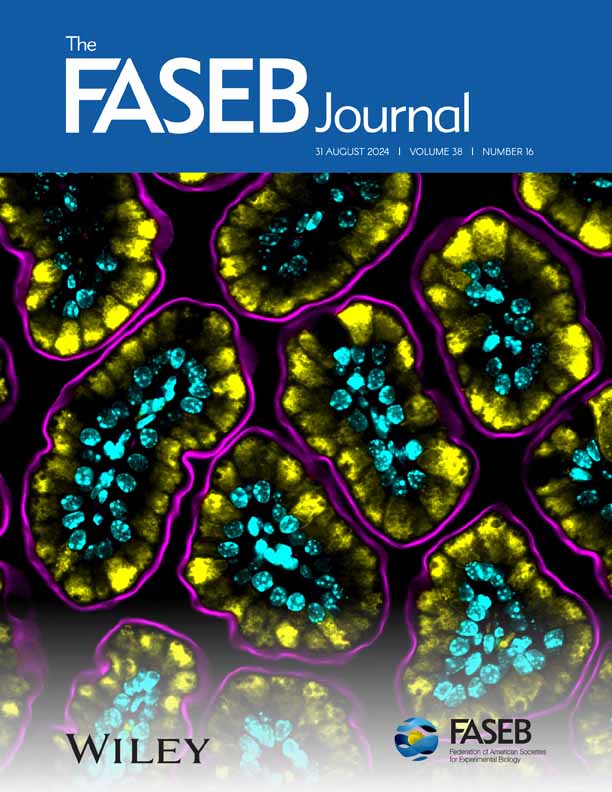Podoplanin-TGF-β1 Autocrine Loop: Pivotal Regulator of Islet Stellate Cell Activation via Cell Deformation, Orchestrating Islet Fibrosis in Diabetes
Abstract
The activation of islet stellate cells (ISCs) plays an important role in islet fibrosis, which leads to impaired islet function. While our previous work showed that the expression of the Pdpn gene was significantly increased in activated ISCs, it remains unknown whether Pdpn is responsible for islet fibrosis. This study was aimed at elucidating its function on islet fibrosis, along with the exploration of the underlying mechanisms. Then, diabetic mice were used for in vivo studies, while primary ISCs were used for in vitro experiments. Podoplanin (PDPN) expression was manipulated using gene knockdown and overexpression techniques. Beta-cell function was assessed by insulin secretion and glucose tolerance tests. Islet fibrosis was evaluated by quantifying extracellular matrix deposition and ISCs activation markers using histological staining and immunohistochemistry, respectively. The effects of advanced glycation end products (AGEs) and TGF-β1 on PDPN expression and the corresponding mechanisms of ISCs activation were investigated. Finally, it was found that knocking down PDPN in diabetic mice led to reduced ISCs activation and islet fibrosis, accompanied by improved insulin expression and lower fasting blood glucose. AGEs were found to induce PDPN expression in ISCs. The overexpression of PDPN triggers the activation of ISCs via cell deformation and TGF-β1 secretion. Interestingly, TGF-β1 in turn activates the TGF-β1/SMAD2/3 pathway by binding to TGF-βRI, inducing the expression of PDPN and the activation of ISCs. In summary, PDPN regulates the activation of ISCs through a mechanism involving cell deformation and a PDPN-TGF-β1 autocrine feedback loop, thereby significantly contributing to islet fibrosis in diabetes.




 求助内容:
求助内容: 应助结果提醒方式:
应助结果提醒方式:


